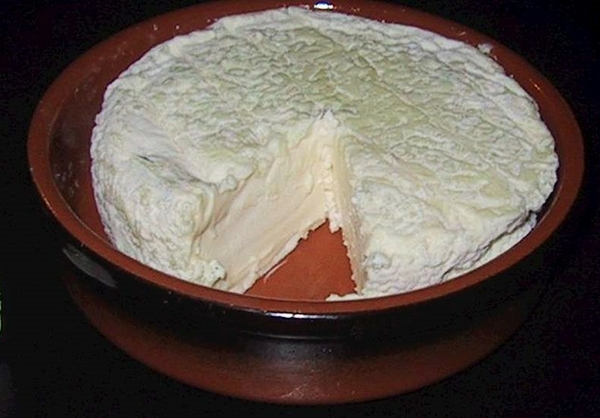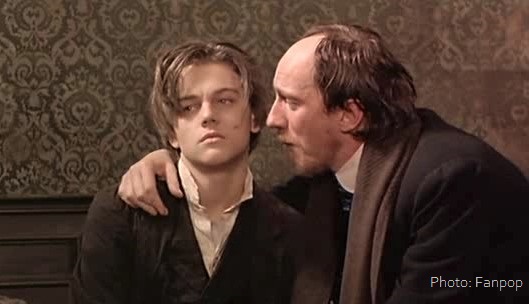I once lived and worked in Paris for almost a year but rarely got out into the French countryside. Return trips as a visitor included such places as Giverny to see Monet’s Garden, but still no extensive rural rambling. I finally rectified the situation more recently and travelled with my wife to the Ardèche département of the Auvergne-Rhônes-Alpes region, spending several weeks there on a small farm in a relatively remote area.
Arriving from Venice where we had spent the previous month, we expected a circuitous route to our destination but couldn’t believe our luck when we found an easyJet flight that flew directly from Venice to Lyon. From there it was an easy drive of little more than an hour south to the farm (below).
The closest village to our accommodation was Saint-Félicien, a charming commune where we quickly got to know the local shopkeepers, especially at Le Fournil, the bakery where we bought our flûte – a tubular-shaped loaf a bit like a Parisienne or baguette – two or three times a week.
Saint-Félicien can boast a cheese of the same name, although its origin lies in the farms of the Rhône-Alpes region generally, rather than the village itself; and the cheese was first produced in the Lyon area by the maker of Saint-Marcellin cheese.

Saint-Félicien is a soft, double-cream cow's milk cheese, matured for up to six weeks with minimal salting during which time it develops a bloomy rind and a mousse-like paste. The taste, rind and texture are creamy, delicate and soft due to the use of soft curd in the cheesemaking process. It’s often sold in a small ceramic or terracotta pot to accommodate the sometimes-runny paste.
Surprisingly for such a small town – population about 1,500 – Saint-Félicien has its own tourist information office, which can be seen in the photo above and where the staff were exceptionally helpful. The same photo also illustrates the popularity of cycling in this area. Following are more images of this delightful village.
There are several other villages within a 10 km radius, one of which is Boucieu-le-Roi, promoted locally as a "Village of Character", of which there are several. Situated in the heart of the Doux Valley, it reflects the natural and cultural heritage of the villages of the Doux watershed and offers four specific hiking trails. Boucieu-le-Roi is pictured below.
Boucieu-le-Roi is where we caught the fun-filled Velorail, a name that translates to rail bike but they’re more like little cars and you pedal them like a child’s toy car. There are four routes to choose from ranging from 8 to 20 km distance, two to four hours duration. We travelled through the picturesque, rugged countryside of the Doux Gorges and through a tunnel. Pedalling can become hard work on the inclines, but then you freewheel downhill towards the end. There is a brake to help you keep a safe distance from the car in front (and to stop, eventually!)
Fear not, you don’t have to do it all again on the way back. A railcar or bus takes passengers back to the station. Velorails – some quite old – can be found throughout France, but this one is fairly modern
Another nearby commune is Lamastre, which has an unusual claim to fame as the local film-industry capital.

Some 16 movies have been at least partly filmed here in the past 40 years including Total Eclipse, which explores the controversial relationship between the 19th century French poets, Arthur Rimbaud and Paul Verlaine, played by Leonardo DiCaprio and David Thewlis respectively. It was one of DiCaprio’s earliest films.
Lamastre also holds a lively twice-weekly market on Tuesdays and Saturdays.
The nearest larger town is Tournon-sur-Rhône, about 20 km from our accommodation and with a population of around 10,000.
The town’s most prominent landmark is its castle, which sits on a rock overlooking the town and the river. The north-west wing was built in the 14th century and has been used as Tournon's magistrates court since the beginning of the 19th century. On the right-hand side of its courtyard is the 10th century old castle, Saint-Just.
The sturdy old Marc Seguin suspension bridge enables pedestrians and, of course, cyclists to get across the river to Tain l'Hermitage, where excellent Hermitage wine and Valrhona chocolate can be sampled. There are magnificent views of Tournon from the bridge. A second crossing, the Gustave Toursier bridge, is available for vehicular traffic. Once on the other side you have left Ardèche and are in the Drôme department.
Tournon-sur-Rhône is a port of call on the itinerary of many European river cruises. While river cruising is certainly a pleasant way of seeing multiple European destinations fleetingly, nothing can beat getting out into the countryside and immersing yourself in the local culture. Note, however, that English is not widely understood in rural France and the ability to speak at least a little French will make the experience even more rewarding.
Destination photos © Judy Barford



Comments (1)